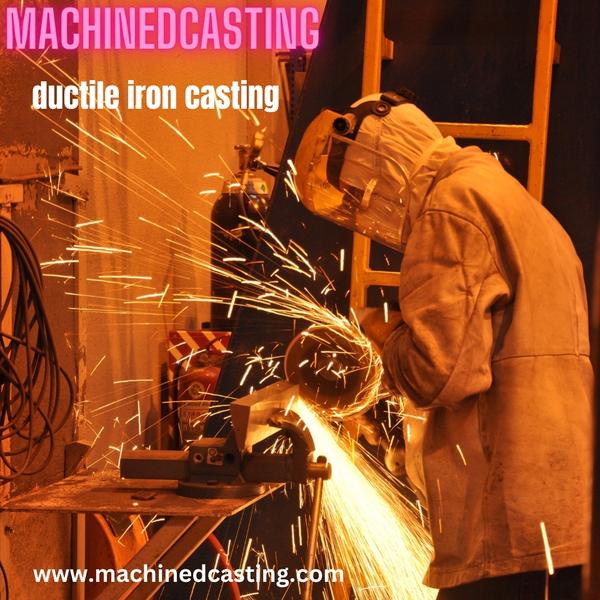Ductile iron casting is a versatile and widely used process in manufacturing, known for its exceptional strength, durability, and ductility. This guide provides a comprehensive overview of ductile iron casting, from its manufacturing process to its diverse applications across industries.
Understanding Ductile Iron Casting: Ductile iron, also known as nodular cast iron or spheroidal graphite iron, is a type of cast iron that exhibits enhanced ductility due to the addition of magnesium during the casting process. This alteration in the microstructure provides superior mechanical properties compared to traditional cast irons.
Manufacturing Process:
- Melting and Preparation: The process begins with melting iron in a furnace and adding specific elements like magnesium and other alloys to promote the formation of graphite nodules.
- Pouring and Molding: Molten metal is poured into a mold, typically made of sand or other materials. The mold's shape determines the final product.
- Cooling and Solidification: The metal cools and solidifies within the mold, forming the desired ductile iron component.
- Post-Casting Treatments: Heat treatments and surface finishing processes may be employed to enhance the mechanical properties and surface quality of the casting.
Advantages of Ductile Iron Casting:
- Superior Strength: Ductile iron offers excellent tensile strength and impact resistance, making it suitable for heavy-duty applications.
- Improved Ductility: Its ability to deform without fracturing makes it highly desirable for parts subjected to stress or shock.
- Cost-Effective: Ductile iron casting is cost-effective compared to other materials, making it a preferred choice in various industries.
Applications: Ductile iron casting finds applications across numerous industries:
- Automotive: Engine components, suspension systems, and transmission parts.
- Infrastructure: Water pipes, valves, and fittings due to its corrosion resistance and durability.
- Machinery and Equipment: Gears, housings, and heavy machinery components.
- Construction: Manhole covers, drainage systems, and structural supports due to its load-bearing capabilities.
- Agriculture: Plows, tractor components, and irrigation systems.
Quality Control and Testing: Quality checks and testing procedures are integral in ductile iron casting to ensure the components meet specified standards for strength, dimensions, and surface finish. Non-destructive testing methods like ultrasonic testing and magnetic particle inspection are commonly employed.
Conclusion: Ductile iron casting's unique combination of strength, ductility, and cost-effectiveness makes it a vital material in various industries. Understanding the manufacturing process, applications, and quality control measures is crucial for mastering this versatile casting technique.


No comments yet